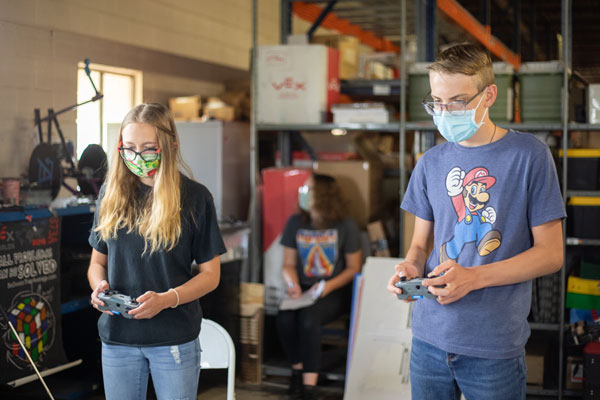Sandia, R4 Creating team to teach teens software, coding skills
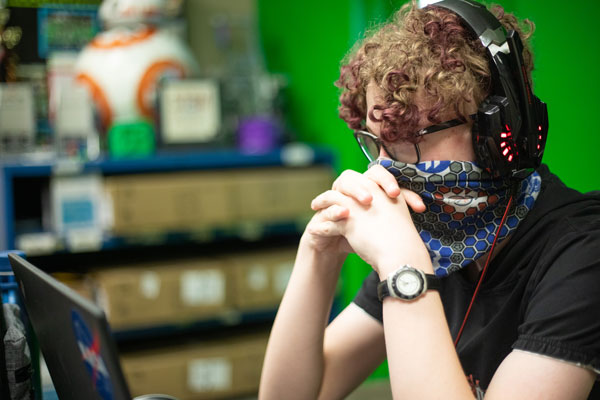
For a while, it seemed like COVID-19 canceled everything, and for that reason, it was unknown whether Sandia would be able to collaborate with local nonprofit R4 Creating for the third annual Robotics Training Institute for teens, a weeklong event that has become a summer highlight for the Labs’ robotics group. However, using creativity and lots of video chat, leaders and instructors found a way to create an engaging curriculum and a competition for the camp, which took place July 6-10.
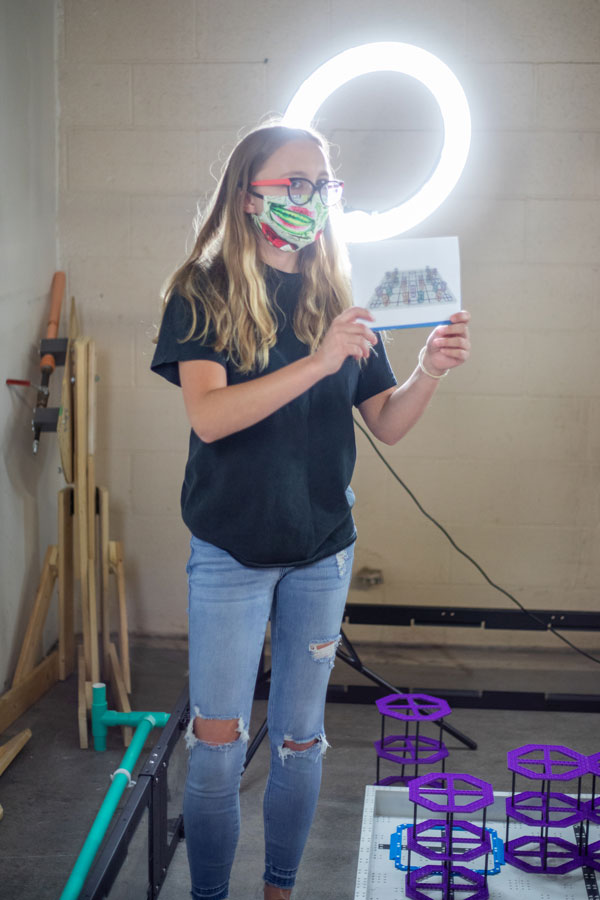
Students joined video sessions instructed by Sandia computer scientist Bryce Eldridge, summer intern Alex Miera and year-round intern John Krukar. Lessons explored introductory software programming, coding and platforms that are compatible with robots the teens built at home during the week.
“A lot of the time, what happens is a team of kids builds a robot and there’s one kid that does all the programming and knows how it works. To everybody else, it’s a big mystery,” said Bryce. “One of the things that we tried to do with this particular group was make sure that everybody has some programming skills so that when they go on, they can teach other kids. Or, if they work together on a team, there won’t be one person that does the mysterious programming that nobody else understands.”
Virtual teamwork, career education
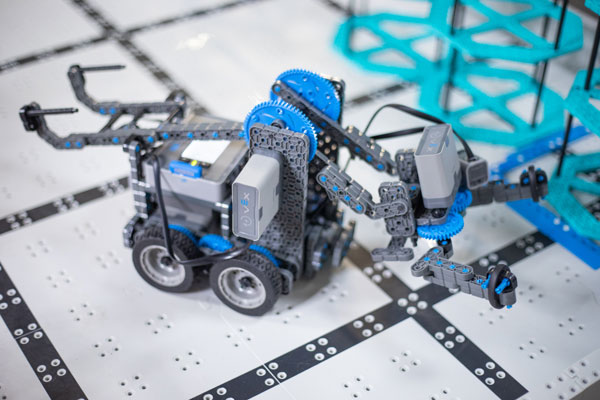
Teams were formed for the competition that took place on the last day of camp in Rio Rancho. One teen from each team competed in person while collaborating with their teammates at home. This provided a way for the group to socially distance during the competition, and it added an additional challenge of communicating remotely while working together to drive robots successfully across an arena using coding and software they learned.
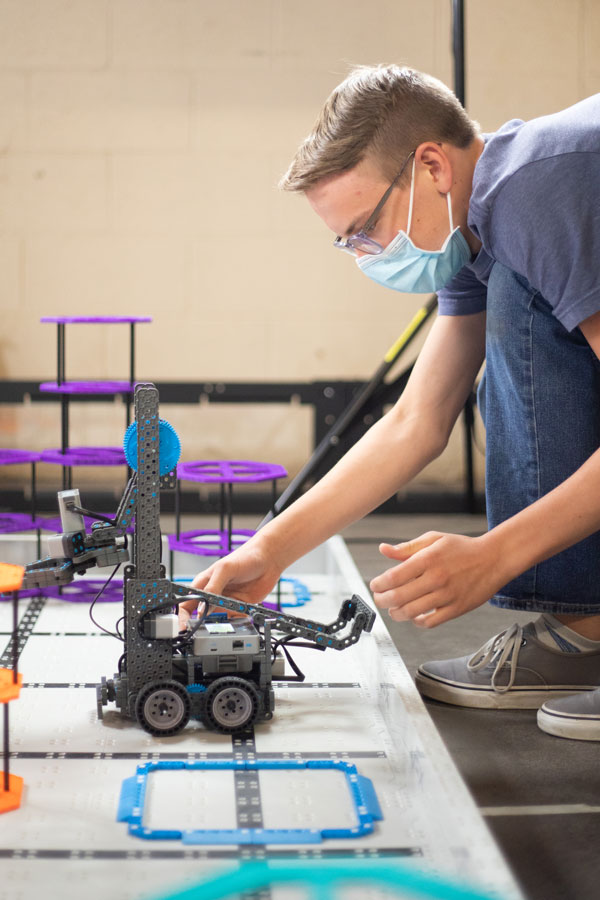
Another component of the camp was career education. Throughout the week, Sandia employees in a variety of positions at the Labs presented to students about their jobs. Shelly Gruenig, who heads R4 Creating, said in addition to the robotics training, the careers element teaches the teens about what they can work toward in the future, and that job opportunities at Sandia are wide and varied, extending beyond STEM to management positions, business and human resources.
One student in the camp said the weeklong virtual experience was an incredible opportunity to work with Sandia employees who are professionals in their field, and he appreciated the hands-on experience, even from far away.
This was the third annual Robotics Training Institute held in collaboration with R4 Creating. Last year, students built 3D printers and competed to win the best original 3D print using modeling software programs. Earlier this year, the same 3D printers were used by the teens to make thousands of face shields, which were donated to medical facilities in New Mexico to help protect workers from exposure to COVID-19. In 2018, the camp took place during Sandia’s Robot Rodeo, and the students were able to use robots in various challenges, including competing against professional bomb squads from across the U.S. that were visiting the Labs for the week-long event.
This year, R4 Creating received a grant from National Technology and Engineering Solutions of Sandia, which helped make the camp possible. The grant went toward purchasing all of the robots for the teens who participated.
